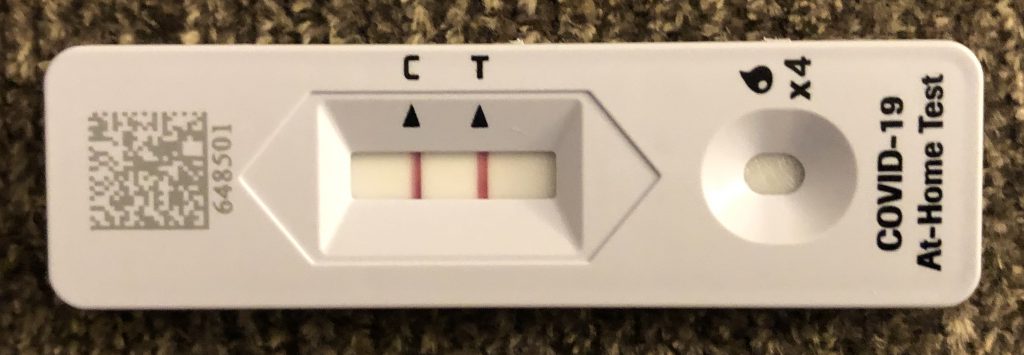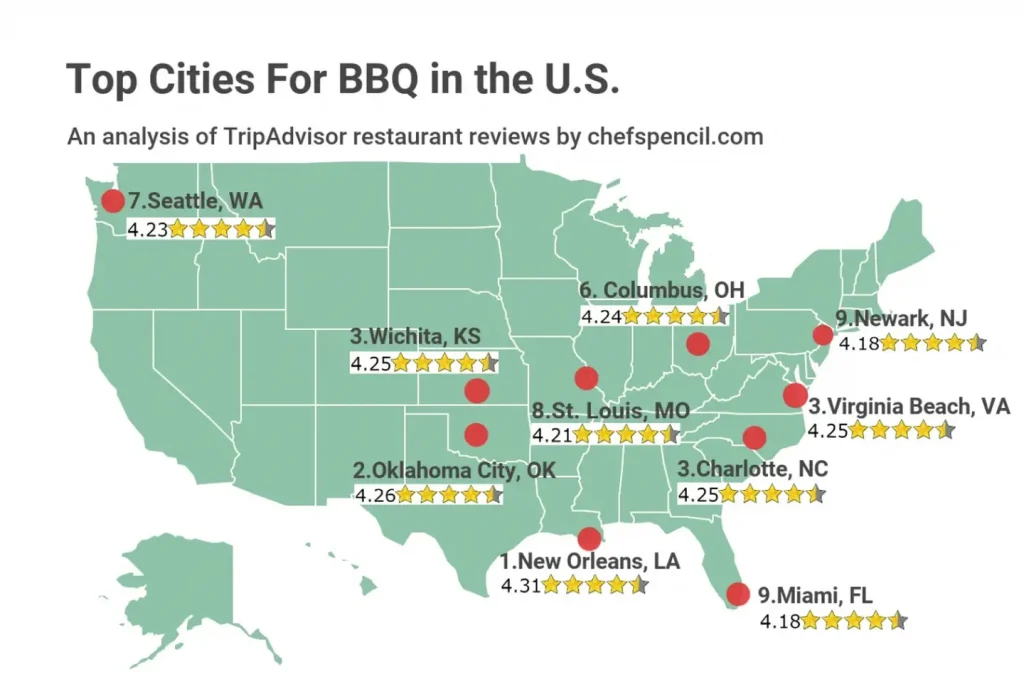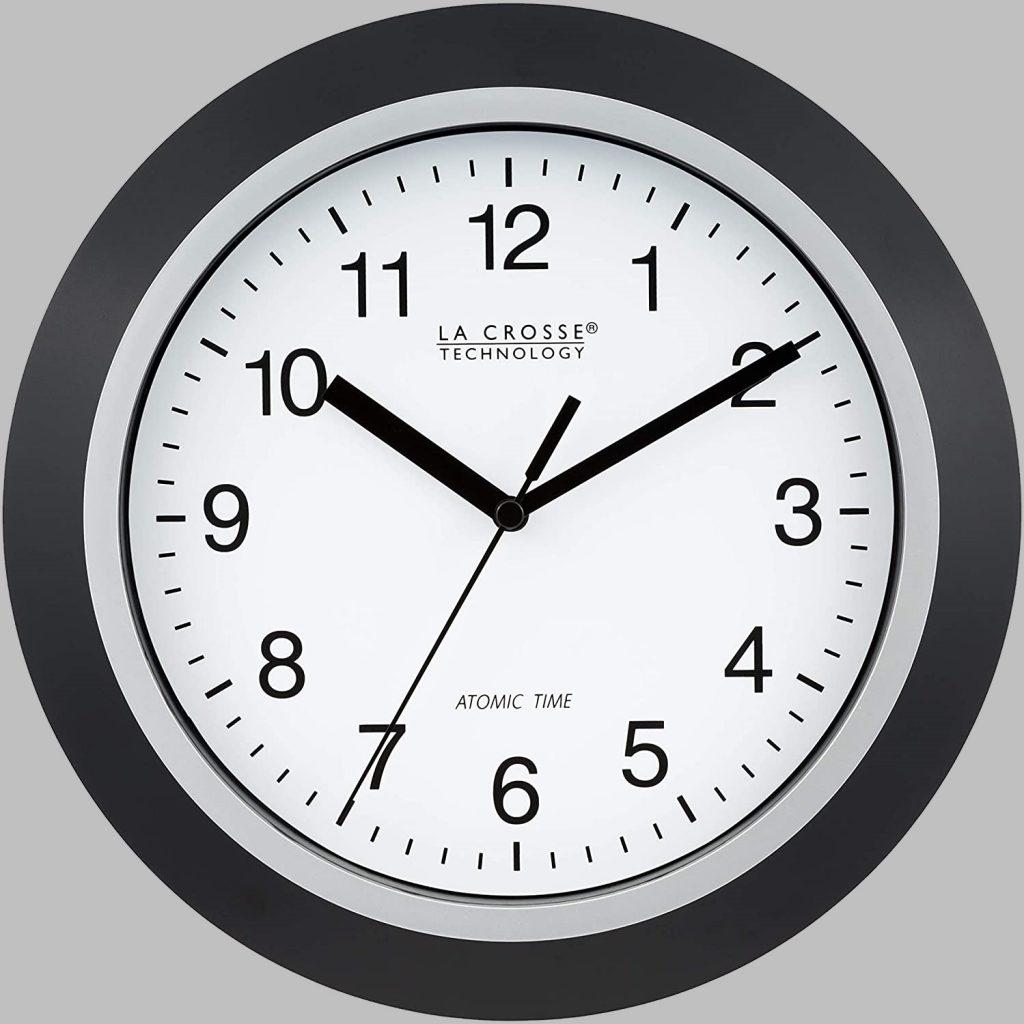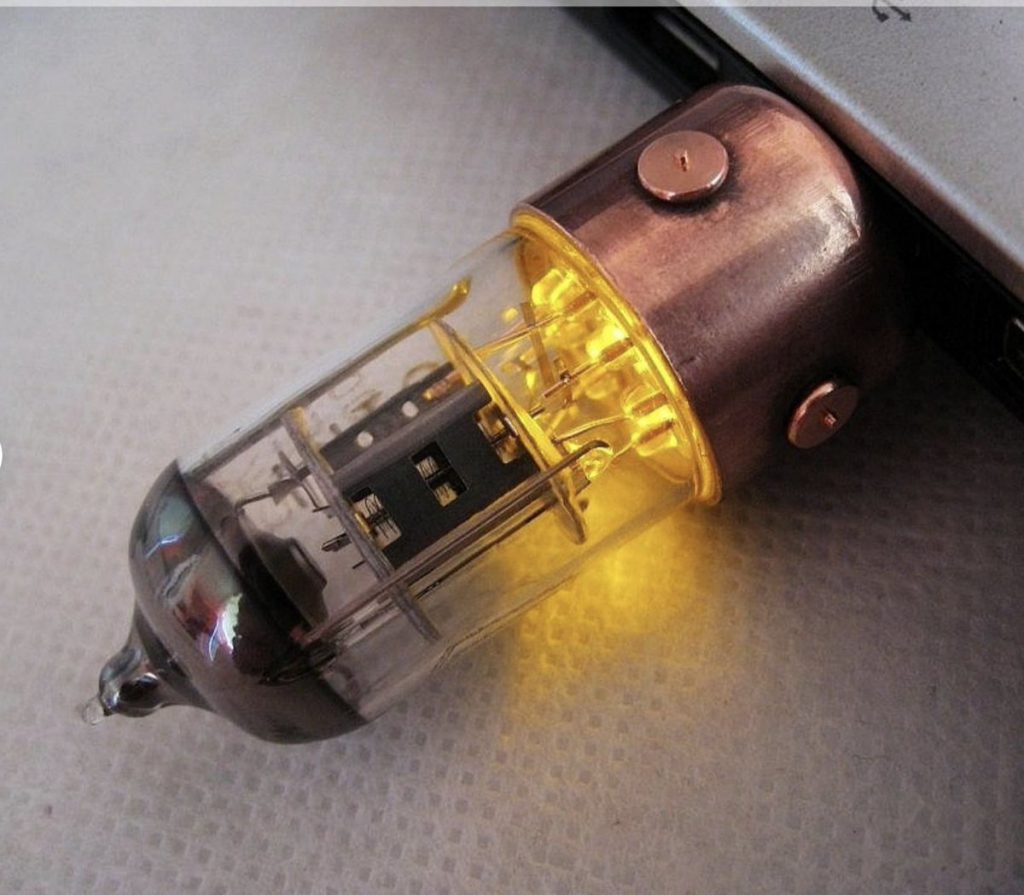I don’t have any significant health updates to report, but I can report some insignificant ones.
The re-shave of a site on my left forearm took place as scheduled on June 9. This was where a severely dysplastic mole had been previously removed, and Cary Dermatology just wanted to make sure that all traces of it were excised. This reopened and enlarged the wound, but it’s healing nicely now. There was some redness around the site for a while, and I showed it to Dr. Raman (my primary care physician) at a routine exam in case it was infected. She didn’t think so, but prescribed an antibiotic just in case, while saying that she didn’t think I would need it. And I haven’t; the redness cleared up on its own.
When I got a haircut recently, the hairstylist made me aware of a horizontal red line across the back of my neck. I hadn’t noticed it because you can’t see the back of your own neck without using two mirrors, and I only have the one on the wall in my bathroom. It looked like a scratch, but given the location, I realized what it must be. Because of my sleep apnea, I use a CPAP machine when I sleep, and the mask is held on my face by “headgear,” a set of straps across the back of my head and neck. The headgear is adjustable, but it has to be tight enough to ensure an airtight seal against my face, and this had caused the lower edge of the strap to dig into the back of my neck, injuring the skin.
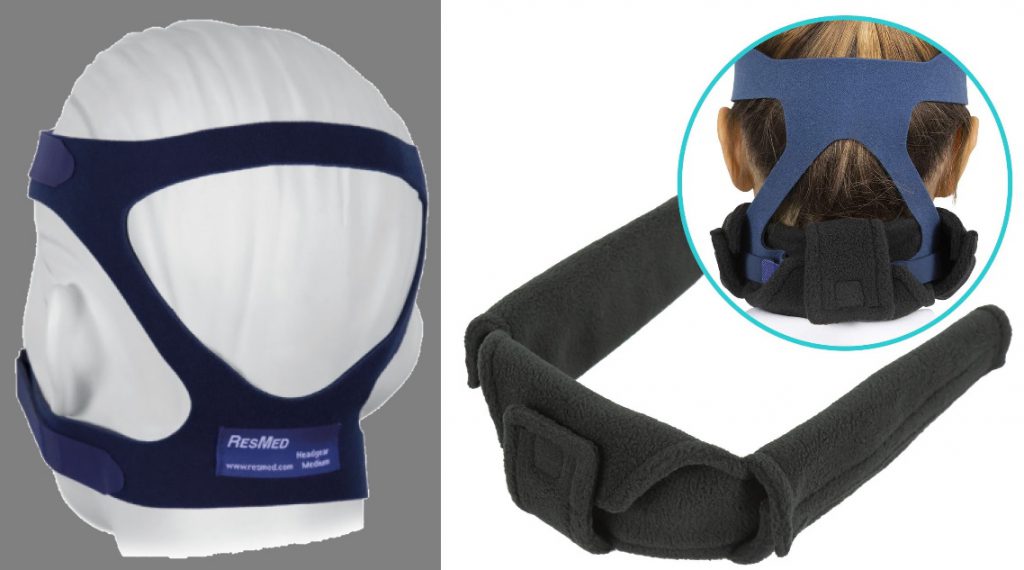
I had been aware of some minor irritation in that area, but I wasn’t concerned until I actually saw it. A quick Internet search showed that pads for CPAP headgear straps are readily available and inexpensive, so I picked one that looked right and ordered it. While I was waiting for it to arrive, I used a temporary pad: a folded washcloth, placed between the strap and my neck. It worked well enough. But I have the real item now, and it’s better. It’s a fleece cover that wraps around the strap and is secured by Velcro strips. It’s very comfortable, and my neck is already healing.
Other than that, my health has been uneventful in recent weeks. Dr. Raman described it as “boring,” but in an approving way. She’s pleased with my recent weight loss and my not-at-all-high blood pressure. I like it when my doctors are happy, and right now, they all seem to be.
